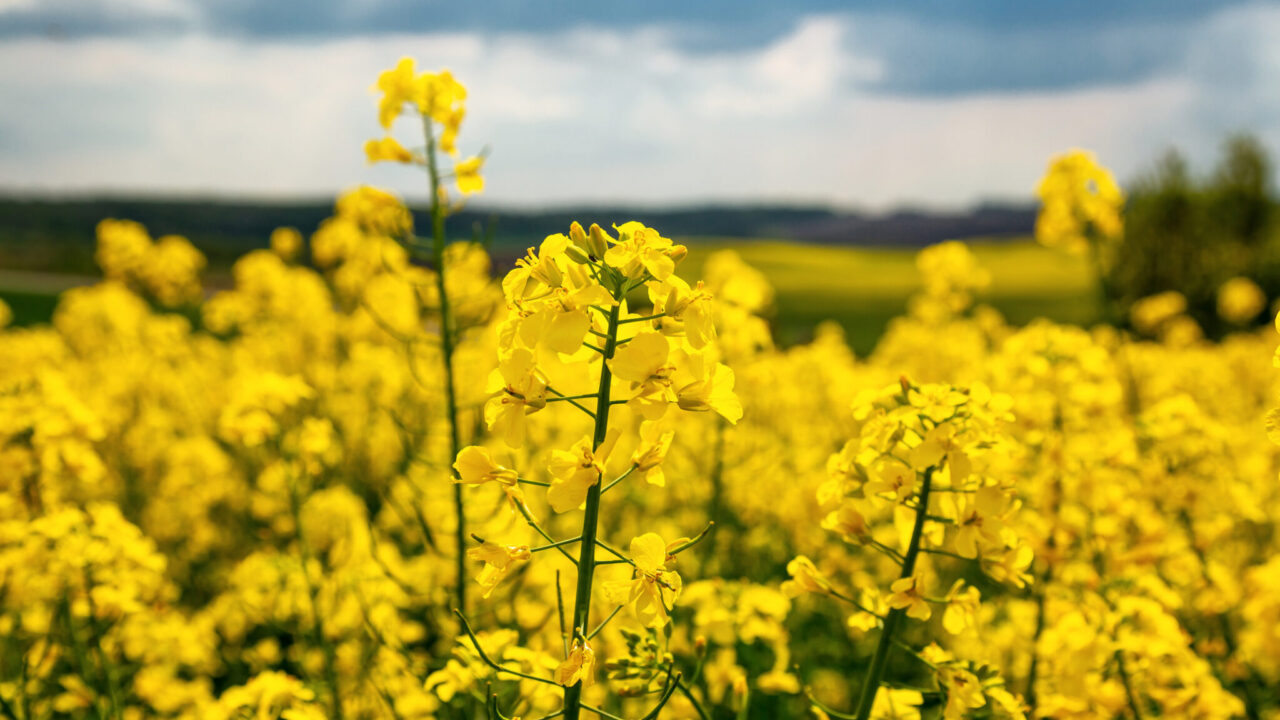The US soyabean crops are now entering a key growth stage, according to the Agricultural and Horticultural Development Board (AHDB).
Flowering is well underway and pod setting has just started, marking the start of the key reproductive stage, where yield potential is highly dependent on favourable weather.
How these crops develop over the coming weeks will influence global oilseed prices, including rapeseed in the UK and Ireland.
Crop condition ratings offer an early indication of yield potential. On July 20, the United States Department of Agriculture (USDA) rated 68% of the US soyabean crop to be in good or excellent condition.
This is slightly down from 70% the previous week, reflecting dry conditions in parts of the soyabean belt.
However, the rating is in line with the same point last year and remains well above the five-year average of 60%.
Global soyabean crops
The US is a key player in global soyabean exports, and its harvest outlook has a direct influence on oilseed markets, including rapeseed in the UK.
Although US soyabean production looks set to be lower than last year, global production is likely to rise.
However, with consumption also set to rise, any potential drop in US yields could tighten global supply and lend support to prices.
For UK and Irish oilseed rape growers, this could translate into stronger rapeseed values.
On the other hand, favourable US weather could ease market pressure and weigh on prices.
With the US soyabean pod setting now in progress, the next few weeks will be crucial for determining yield potential.
Cooler-than-average temperatures are forecast across the Great Plains and western regions, which may help reduce heat stress during this important stage.
International grain markets
Meanwhile, the overall sentiment across international grain markets remains bearish due to the ongoing harvesting campaign in the northern hemisphere.
As of July 20, 73% of US winter wheat had been harvested, which was an increase on the previous week’s figure of 63% and in line with the five-year average of 72%.
In addition, the pace of the wheat and barley harvest in France is well ahead of last year and the five-year average for the same period.
This is putting pressure on Paris grain futures.
In contrast, the harvesting campaign in the Black Sea region is running behind last year’s pace. As of July 18, Ukrainian farmers had harvested 4.67Mt of wheat, compared to 10.34Mt at the same point last year.
Wheat exported during this harvest period is a key factor in determining global prices.
However, the pace from the EU and the Black Sea region is currently below last year’s figures, while US exports are in line with last year’s and the five-year average.

